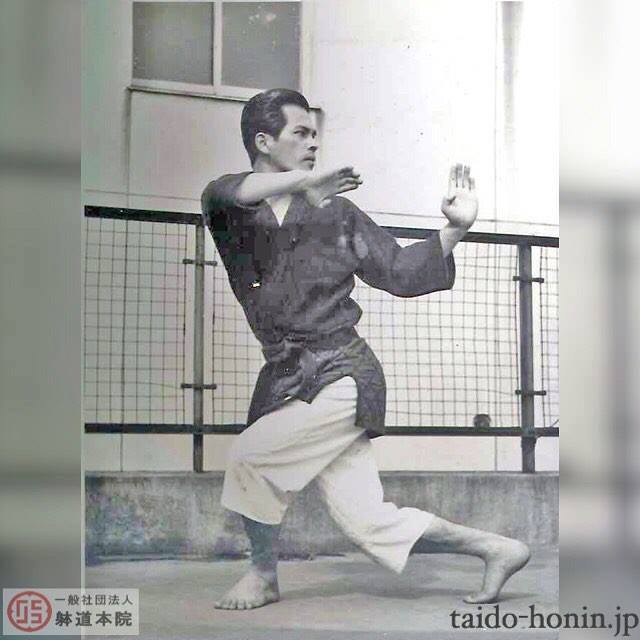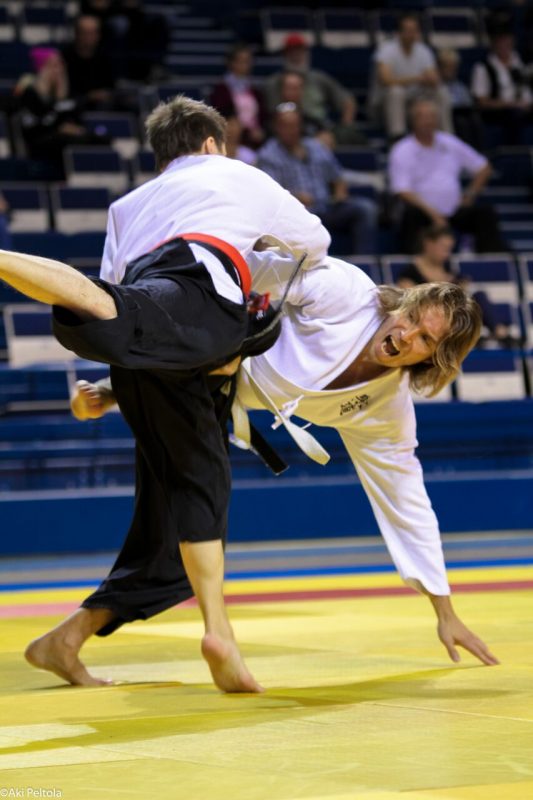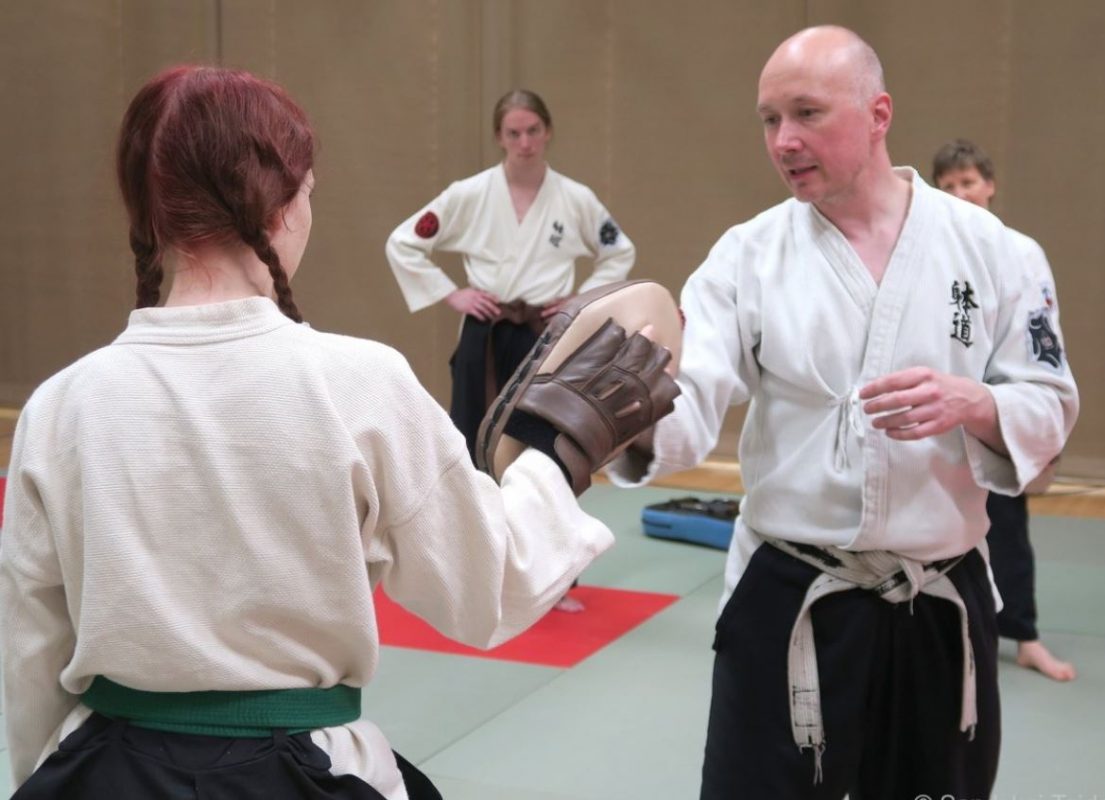Taido – the budo of 21st century
The origins of taido are in karate and traditional okinawa-te. Mr. Seiken Shukumine (1925-2001) was the founder of both gensei-ryu karate-do and taido, that was diverged as an independent martial art in 1965. The aim of taido is to protect life and the holistic development of a taidoka, who is practicing it. Taido develops not only overall fitness and condition, but also coordination, balance and agility. Taido can be practiced by all age groups and both genders, regardless of previous sports activities or a lack of those. Juniors of c. 7-12 years old have their own groups and courses. Taido provides with a challenging but rewarding hobby, and competition possibilities all the way to the World Championships.
A simple translation of the Japanese word taido is “the way of body”. Most of the taido techniques are kicks and punches, but use of the whole body and its different axes are in the core of taido. Many techniques include both dodging and counter attack at the same time. The very important movement in taido is called unsoku and unshin, with which taidoka controls movements of the opponent and searches a suitable moment of attack by changes of rhythm, angle and distance. Different three dimensional ways of movement including acrobatic cartwheels and somersaults provide both attach and defense techniques with speed, strength and possibilities to surprise the opponent.
Diversity makes taido an interesting martial art. Training taido teaches oneself patience and modesty, but the supportive training atmosphere easily offers also experiences of success and exceeding oneself is certain.
Training is doing together in taido; a taidoka learns of being responsible also for others, and respect and politeness towards other taidokas. For example a dantai hokei, a kata-like series of movements, is an unique experience when the five members of the team attack, breath and stop simultaneously. In the camps and trainings organized by the Taido Finland or other local clubs it is easy to meet more taidokas to train with and more teachers to learn from. Every other year the international taido community gathers to European or World Championships. There are active taido associations and clubs in Japan, USA, Australia and several western European countries.





